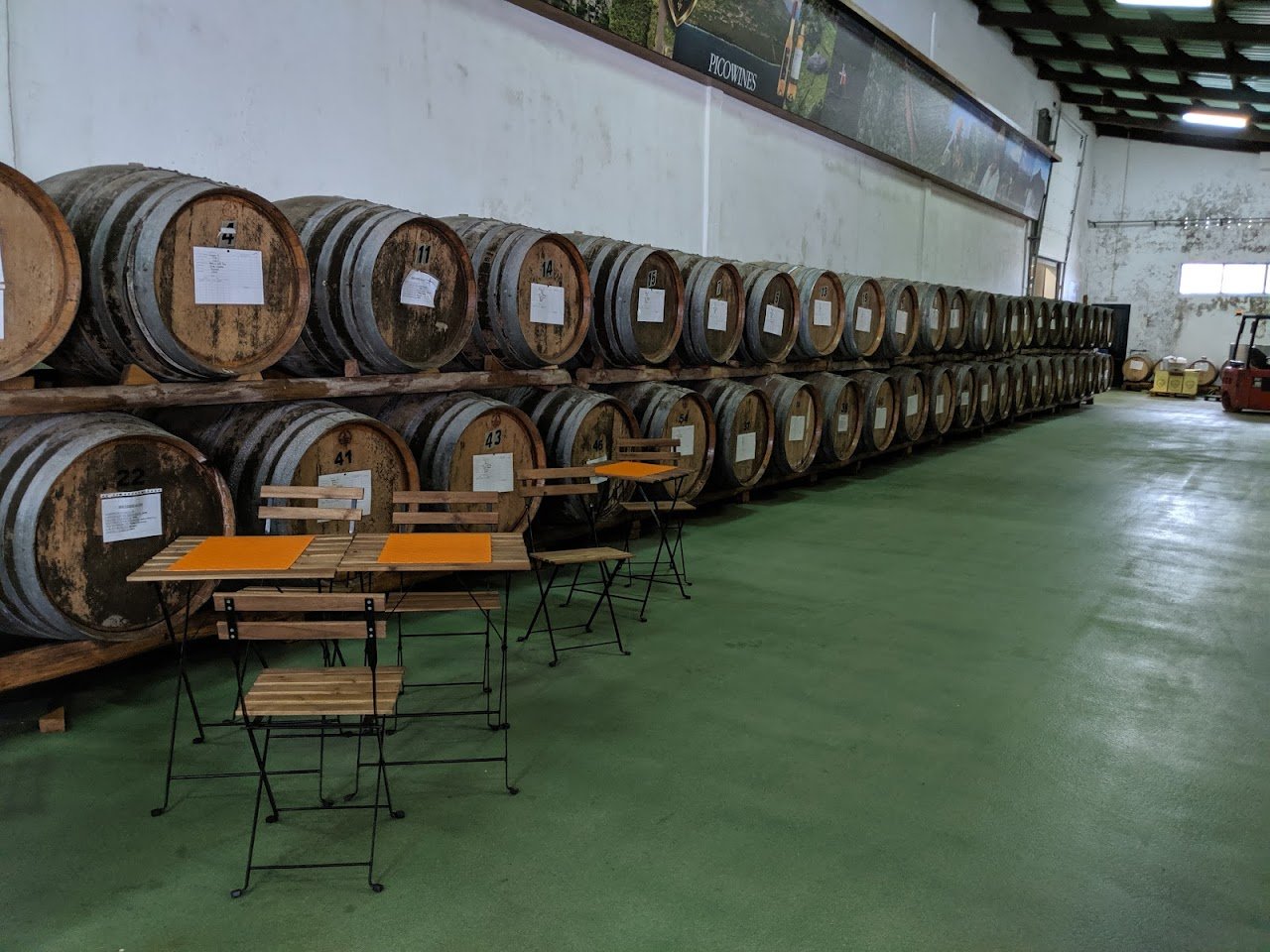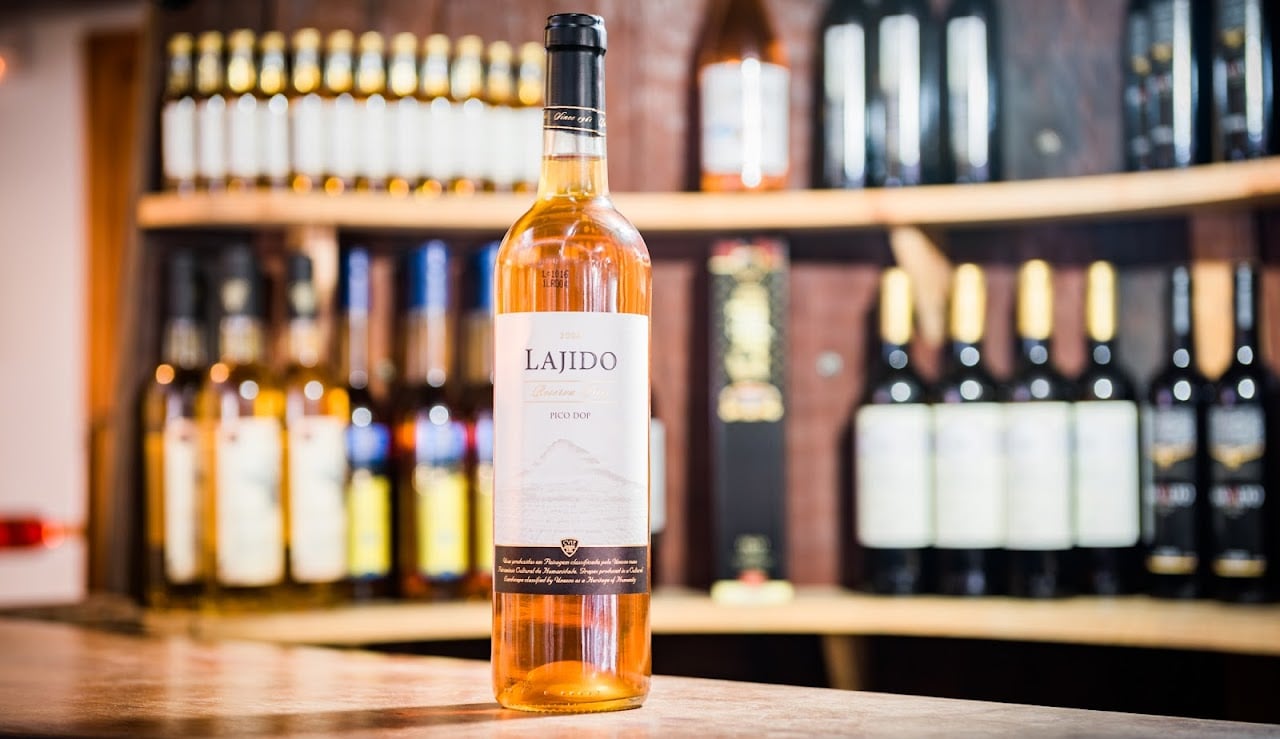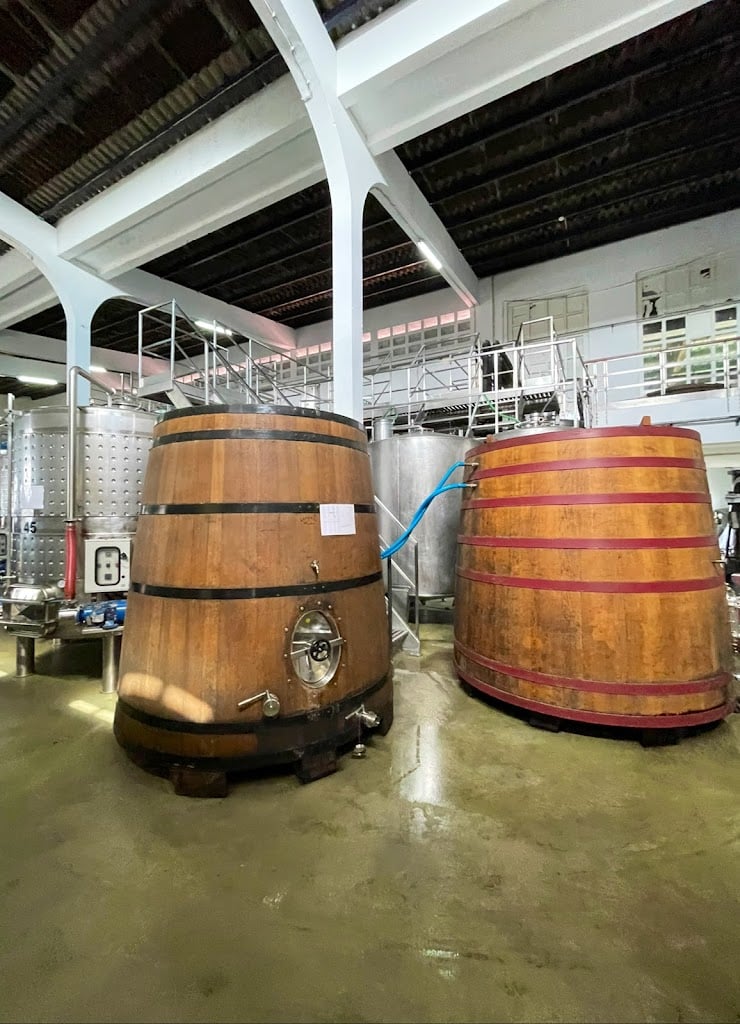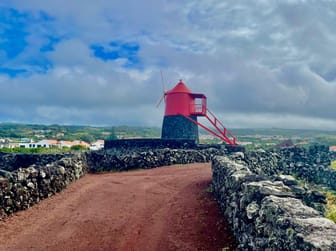Cooperativa Vitivinicola Da Ilha Do Pico (CVIP) - Picowines, C.R.L.



Ask ThatchGPT
Suggest a local expert to plan my trip
Suggest an unique itinerary for my Portugal trip
What foods do Portugal locals eat
What are some true hidden gems in Portugal
Help me brainstorm trip ideas for Portugal
Help me plan a family-friendly trip to Portugal
What people say
Nally Preseault
"After spending the morning hiking the Criação Velha Vineyards Trail--the eight-mile trail through lava fields and basalt-rock vineyards--you're ready to taste the wine whose grapes were growing around you. That's where the Cooperativa Vitivinicola Da Ilha Do Pico comes in. The UNESCO World Heritage vineyards are actually a collection of many small vineyards. On their own, it would be difficult for any of the owners to hand-harvest, bottle, and sell their wines. But together, it's a completely different story. The wine cooperative combines the grapes--mostly Arinto dos Açores, Verdelho, and Terrantez do Pico--from all the small vineyards and creates award-winning, in-demand wine.
The wine cooperative's building sits on the outskirts of Madalena. It's a big warehouse, not a boutique cellar. But they do offer tastings that vary in number of pours, color, and price. Bookings can be made online. Cheese boards and lots of Pico history are included, too. After an afternoon learning about Pico's wines, you'll later handle the wine list at dinner like an old pro."
Mentioned in these guides
About Cooperativa Vitivinicola Da Ilha Do Pico (CVIP) - Picowines, C.R.L.
Get the inside scoop on Cooperativa Vitivinicola Da Ilha Do Pico (CVIP) - Picowines, C.R.L. from local experts, travel creators, and tastemakers. Browse genuine trip notes, Cooperativa Vitivinicola Da Ilha Do Pico (CVIP) - Picowines, C.R.L. reviews, photos, travel guides, and itineraries from real travelers and plan your trip with confidence.
Website
Phone
Save this spot for later or start mapping out a new trip today
Try our AI Travel Assistant and get instant answers to any questions about your trip.
Ask ThatchGPT

